Do you have a question about the Siemens SCALANCE W786-1 RJ-45 and is the answer not in the manual?
| Device Type | Wireless Access Point |
|---|---|
| Manufacturer | Siemens |
| Model | SCALANCE W786-1 RJ-45 |
| Wireless Standards | IEEE 802.11a/b/g/n/ac |
| Frequency Bands | 2.4 GHz, 5 GHz |
| Max Data Rate | 1.3 Gbps |
| Ethernet Ports | 1 x RJ-45 |
| Power Supply | 24 V DC |
| Protection Class | IP65 |
| Operating Temperature | -20 °C to +60 °C |
| Protection Rating | IP65 |
| Security Protocols | WPA2, WPA, WEP, 802.1X |
Outlines the Ethernet interface, WLAN standards (802.11a/b/g/n/h), authentication, WMM, and interoperability features.
Recommendations for restricting physical access to the device and handling sensitive data on memory cards or PLUGs.
Covers keeping firmware updated, activating necessary protocols, and using firewall/ACL for access restriction.
Defines rules for password usage, strength, and management to enhance device security.
Advises avoiding non-secure protocols like Telnet/TFTP and using secure alternatives like SSH/HTTPS.
Explains iPCF for fast roaming and deterministic data, iPCF-HT for higher throughput, and iPCF-MC for mobile nodes.
Describes managing user access via local device settings or an external RADIUS server for authentication.
Details IPv4 address structure, classes, subnet masks, and initial assignment options like DHCP and PST.
Describes the HTTP server for WBM, how it works, and requirements for accessing it via a web browser.
Provides step-by-step instructions for establishing a connection and logging into the Web Based Management interface.
Guides users through initial device configuration using the Basic Wizard, covering system, country, IP, and security settings.
Details user management, roles, groups, passwords, AAA, RADIUS client, WLAN security, MAC/IP ACLs, and inter-AP blocking.
Provides instructions for updating firmware via HTTP, TFTP, or SFTP using the Web Based Management interface.
Explains how to create and install device configurations using the PRESET-PLUG via CLI, and formatting it.
Describes how to reset the device to factory defaults using the reset button or Primary Setup Tool.
Addresses issues where firmware update via WBM or CLI is not possible, providing a TFTP solution.
Provides guidelines for protecting the network against attacks, using HTTPS, WPA2/AES, and SNMPv3.



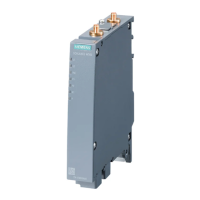

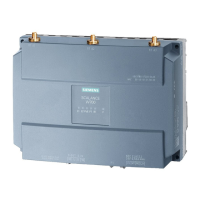
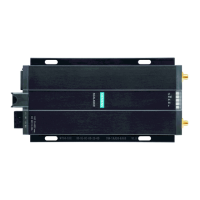

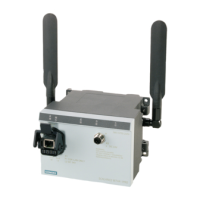


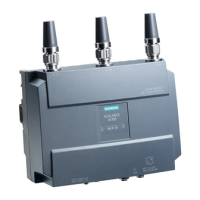
